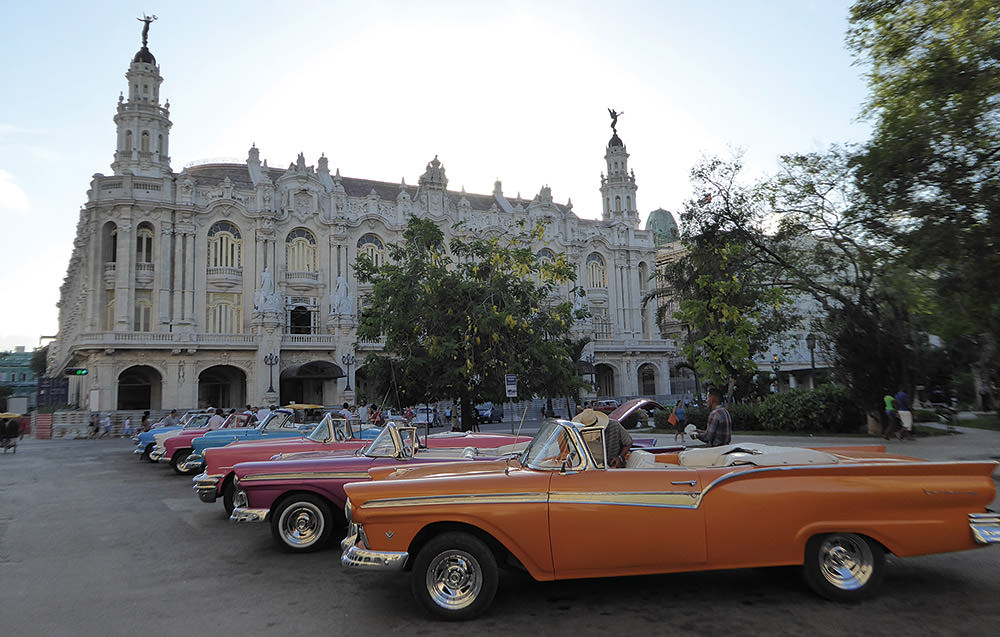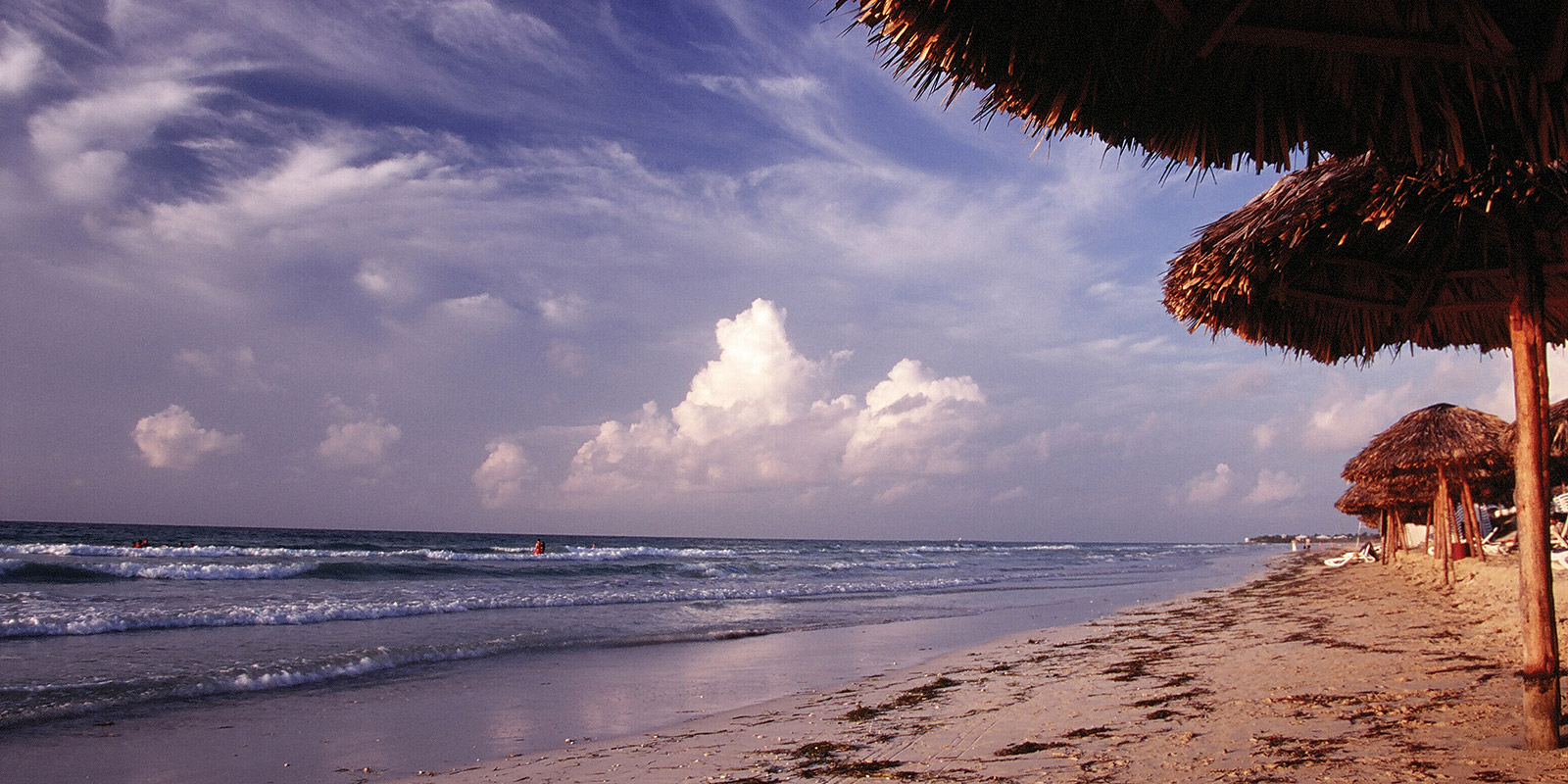¿Qué Bolá Cuba?
A Historic Ocean Conservation Partnership
by Elizabeth Weinberg
Less than a hundred miles south of the coral reefs and mangrove forests of Florida Keys National Marine Sanctuary lies the equally diverse marine environment of Cuba. Though managed by different nations, these special places are part of the same ecosystem, bound together by ocean currents and animal migrations, and threatened by some of the same environmental stressors. And in 2015, NOAA, the National Park Service, and Cuba's National Center for Protected Areas signed an agreement recognizing these connections.
This new agreement established sister-sanctuary relationships between Guanahacabibes and Banco de San Antonio in Cuba, and Florida Keys and Flower Garden Banks national marine sanctuaries in the United States, recognizing that these places are all inextricably linked through the flow of the ocean and geographic proximity.
Researchers in both countries have long studied the connectivity between our marine environments. In the case of fisheries, the juveniles of important species such as tuna and lobster likely originate in Cuban waters. For corals, the marine currents of the Caribbean Sea and Gulf of Mexico are crucial, serving as the crossroads of multiple species of coral to spread their larvae during the spawning events. The transportation of these larvae helps increase population diversity by bringing new coral colonies to the reef, and gives coral reefs under human pressure a better chance to thrive.

In Flower Garden Banks National Marine Sanctuary, for example, elkhorn corals (Acropora palmata) had been absent for centuries but more recently have reappeared; these larvae likely originated on the reefs of Cuba or Mexico.
And it's not just invertebrates and fish that travel back and forth between U.S. and Cuban waters; a number of large species like whale sharks, sea turtles, and sperm and humpback whales travel among Cuba, the United States and Mexico. To conserve these species, collaboration among sites is crucial: "Our success," explains Gonzalo Cid, International Activities Coordinator with NOAA's National Marine Protected Areas Center, "depends in large part on other people's success."
Still, for all researchers currently understand about connectivity between Cuba and the United States, there is plenty left to learn. This new partnership opens up the gates for scientists and resource managers to better understand life cycles, larvae distribution, migratory patterns, potential climate change impacts and other issues. Further, U.S./Cuba collaboration will enable more comprehensive and effective management of resources in this shared ecosystem.
By exchanging information and experience managing marine protected areas, this cooperation could bring important benefits to marine protected areas and their inhabitants. "Our national marine sanctuaries and Cuba's marine protected areas are like the bookends for the ecological encyclopedia of the Gulf of Mexico," explains William Kiene, a policy analyst for national marine sanctuaries' Southeast Atlantic, Gulf of Mexico and Caribbean region. "Working together to preserve these spectacular concentrations of marine life in key areas of the Gulf will not only help us to strengthen the connections between them, but also help us strengthen the connections between our societies, which both rely on the ocean we share."
For more on this historic partnership: U.S. and Cuba to Cooperate on Sister Sanctuaries


